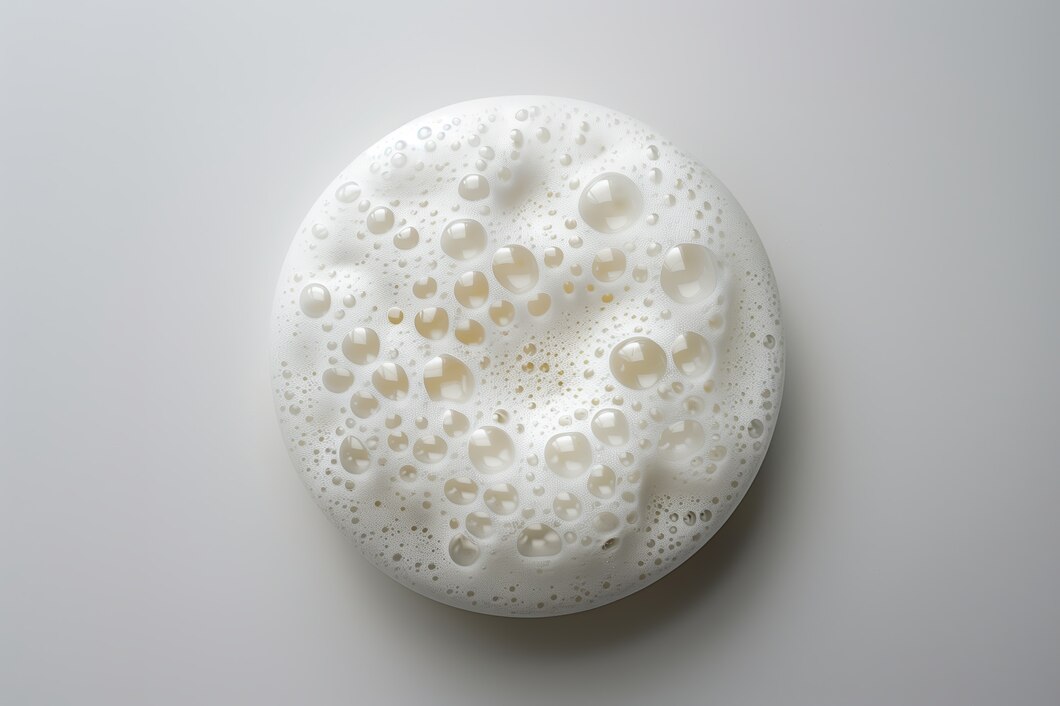Surfactants are essential ingredients in many of the products we use daily, from household cleaners to personal care items. However, there’s a lot of confusion and misinformation about their environmental impact. Are surfactants truly harmful to the environment, or is this a myth? In this blog, we’ll separate fact from fiction and explore the truth about surfactants and their safety.
What Are Surfactants?
Surfactants, or surface-active agents, are chemicals that reduce surface tension between liquids or between a liquid and a solid. They are widely used for their ability to clean, emulsify, foam, and disperse. Common applications include:
Detergents and cleaning products.
Shampoos, body washes, and cosmetics.
Agricultural sprays and industrial formulations.
Despite their widespread use, concerns about their environmental impact persist.
Myth 1: All Surfactants Are Harmful to the Environment
The Truth: Not all surfactants are created equal. While some traditional surfactants derived from petrochemicals can be persistent in the environment, many modern surfactants are designed to be biodegradable and eco-friendly. For example, bio-based surfactants made from renewable resources like plant oils or sugars break down more easily and have a lower environmental impact.
Myth 2: Surfactants Always Harm Aquatic Life
The Truth: The impact of surfactants on aquatic life depends on their chemical structure and concentration. Some surfactants, particularly older formulations, can be toxic to fish and other organisms. However, advancements in green chemistry have led to the development of safer, low-toxicity surfactants that meet strict environmental regulations. Certifications like ECOCERT and EU Ecolabel ensure that products are safe for aquatic ecosystems.
Myth 3: Surfactants Cannot Be Sustainable
The Truth: The surfactant industry has made significant strides in sustainability. Today, many surfactants are produced using renewable raw materials and environmentally friendly manufacturing processes. For example, bio-based surfactants and those made through green chemistry principles minimize carbon footprints and reduce reliance on fossil fuels.
Myth 4: Surfactants Always Pollute Water Sources
The Truth: While poorly formulated or improperly disposed surfactants can contribute to water pollution, responsible use and disposal can mitigate these risks. Many modern surfactants are designed to break down quickly in water treatment systems, reducing their environmental persistence. Additionally, consumer education on proper product use and disposal plays a key role in minimizing pollution.
How the Industry is Addressing Environmental Concerns
The surfactant industry is actively working to reduce its environmental footprint through:
Innovation: Developing biodegradable, bio-based, and low-toxicity surfactants.
Regulatory Compliance: Adhering to strict environmental standards and certifications.
Sustainability Initiatives: Investing in renewable resources and eco-friendly production methods.
The idea that all surfactants are harmful to the environment is a myth. While some traditional formulations have raised concerns, the industry has made tremendous progress in developing safer, more sustainable alternatives. By choosing responsibly formulated surfactants and supporting eco-friendly practices, we can enjoy the benefits of these essential chemicals without compromising environmental health.


